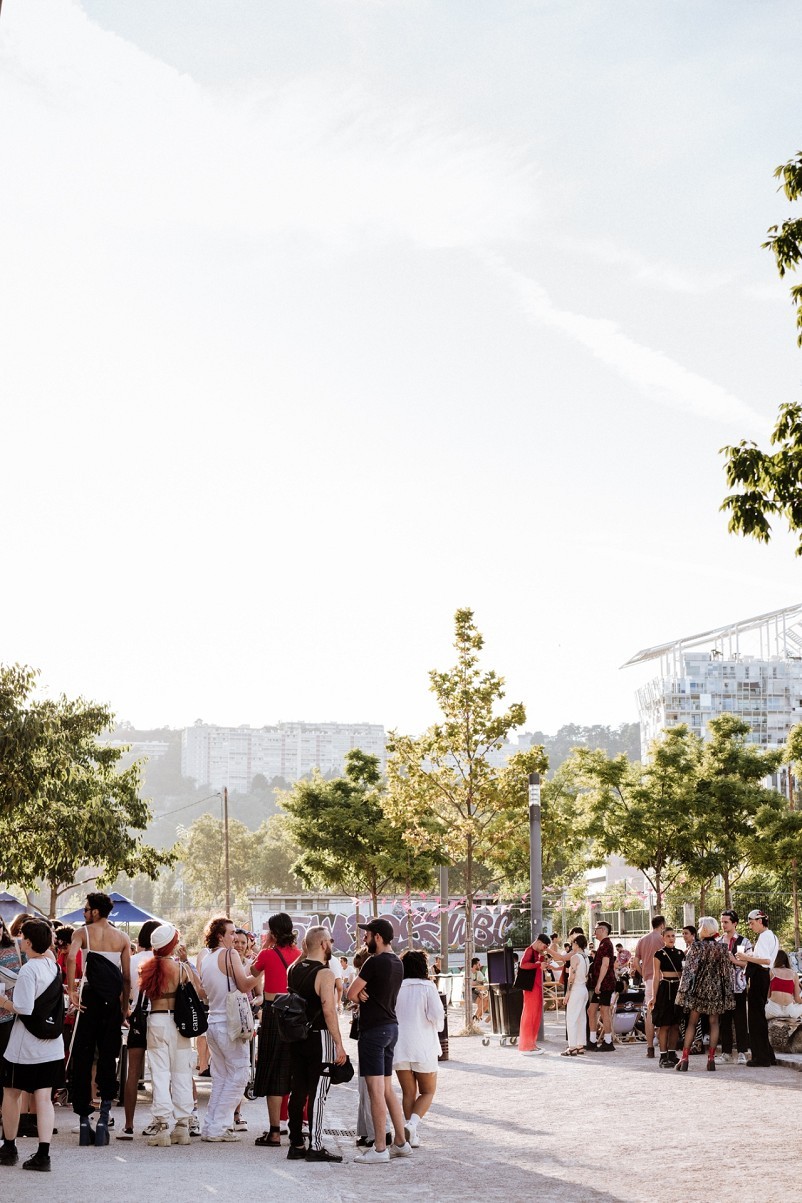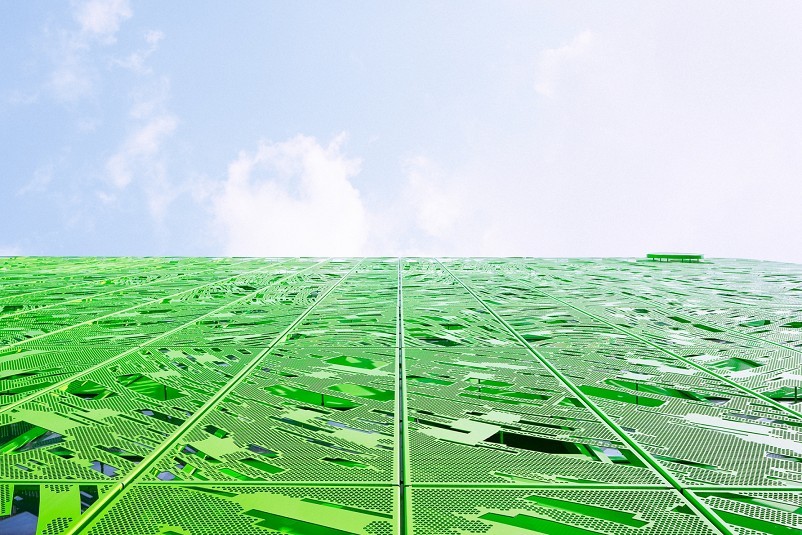
The Confluence district
If you are interested in visiting or living in Lyon, you are probably exploring the city's different neighbourhoods. As a large and diverse city, Lyon has a wide variety of districts, each with their own identity. Are you interested in Confluence? Find out more about it with ONLYLYON!
The Confluence district: A history of industry and renewal
If you visit the Confluence district in Lyon today, you would have no idea what it was like just a few decades ago.
Located at the confluence of the Saône and Rhône rivers (hence the name), the area was first built late in the history of the city. It was developed in the early 19th century according to Antoine Michel Perrache’s plan to extend the city’s boundaries southwards. The swampy terrain was cleansed and construction of new buildings began, however, the urbanisation of the Croix-Rousse and other development projects introduced a competition that impeded its settlement.
When the Industrial Revolution began, the plots of land available were used to turn this place into an industrial district. During the same century, the railways network was developed and train stations were built, including Lyon Perrache, which is still in use today.
In the late 20th century, the idea emerged of developing the district, which by that time consisted largely of brownfield land. The aim was to create more residential areas, cultural centres and space for companies, all of which would be accessible via public transport. Thus began the Confluence project.
This urban renewal project was carried out throughout the 2000s and features new iconic buildings, contemporary architecture as well as a large green space at the tip of the peninsula, right where the Rhône and Saône meet.


What are some of the most famous buildings in the Confluence?
With its contemporary architecture, Confluence is an ambitious project that lead to the development of an architecture that surprises visitors. Besides its residential buildings, some are particularly famous landmarks and will definitely leave a mark.
- The Confluences Museum, which opened in 2014, is probably the most iconic of the district. Located at the southern tip of the peninsula, its futuristic architecture makes it impossible to miss. It hosts various science and anthropology exhibitions.
- The Orange Cube is a striking example of contemporary architecture in the area, and its name is an accurate description. This large cubic building has a large opening that goes deep inside the structure, allowing natural light to enter. Its surface is covered in circular holes, giving it its distinctive appearance.
- Euronews’ headquarters are located in a building reminiscent of the Orange Cube. Designed by the same architectural firm, Jakob + MacFarlane, it has the same simple shape and bright colour, except this time the building is green instead of orange. It also features two large openings that let light in.
- La Sucrière is a testament to the district’s industrial past. Now a cultural centre with a rooftop, it was originally a factory warehouse for storing sugar, built in the 1930s. It is one of the few historic buildings in the area.
Exploring the Confluence district will reveal more surprising buildings, making it a great place to visit if you’re interested in contemporary architecture!


Is it a great place to live?
Whether a neighbourhood is a great place to live is very subjective. Everyone has their own preferences and priorities. If you want to come and live in Lyon and need help choosing the right area, here are some factors to consider.
- A district next to the historic centre: while Confluence is very contemporary, if you also like historic neighbourhoods, you will be next to Perrache and, a bit further away, Bellecour. Just across the train station, you will find the Place Carnot, created in the 19th century and a bit further North, the Place Bellecour, one of the largest squares in France.
- A dynamic cultural life: you will have access to a lot of cultural events with the aforementioned Confluence Museum and Sucrière, as well as other cultural centres such as le Marché Gare (concert hall).
- The cost of renting is rather high: being at the centre of the city, with many recently built buildings, it tends to be an expensive district, with a high demand. If you’re looking for an affordable apartment, you should consider settling in the 9th or 8th arrondissements or in a nearby city, where renting costs are lower.
- Nearly all buildings were recently built: if you like ancient buildings and historic landmarks, the Confluence district might not meet your criteria. Croix-Rousse or Monplaisir would be much better options.


What can I do in the Confluence district?
First and foremost, Confluence is a residential district with activities dedicated to locals. However, both residents and tourists will find things to enjoy there.
- The Confluence Museum is, of course, a must-see, both for its impressive building and its fascinating exhibitions.
- The Sucrière is a museum which also organises festivals on its rooftop. It regularly hosts concerts featuring world-famous artists.
- The Pôle de Commerces et de Loisirs Confluence is a major shopping centre with dozens of shops and restaurants.
- If you want to enjoy some greenery, head to the tip of the peninsula to visit the museum garden. It’s a great place for a walk in the sun, with both rivers nearby.
- For an enjoyable stroll, follow the Saône river and take in the walkway next to the water and the beautiful view of the green hills on the opposite bank.


How to go to the Confluence district?
The Confluence district is well served by public transport. Its central position makes it quickly accessible from the entire city.
- There are 5 tramway stations.
- Two bus lines go there (bus 63 and S1).
- One metro station goes there (line A).
The district is also next to the Lyon Perrache train station.
Come and live in Lyon!
The Confluence district is an iconic part of Lyon’s landscape. Whether you’re visiting as a tourist or starting a new life in France, it’s a great place to be. You will experience Lyon’s most contemporary side. Do you need help to come and live there? Contact us and we’ll reply as soon as possible!
If you have any questions don't hesitate to contact us!
Fields marked with an asterisk (*) are mandatory.


